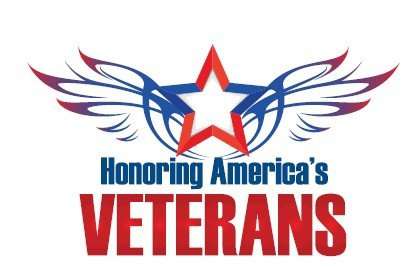By John Rossomando
Every year on November 11, the United States pauses to observe Veterans Day, a federal holiday dedicated to honoring the men and women who have served in the nation’s armed forces. From the battlefields of the Revolutionary War to modern conflicts in the Middle East, U.S. veterans have played a pivotal role in shaping the country’s history and defending its ideals of liberty and democracy. This article explores their legacy, contributions, challenges, and the ongoing efforts to support them.
The story of American veterans begins with the founding of the nation itself. During the American Revolutionary War (1775–1783), approximately 217,000 colonists served under General George Washington, fighting for independence from British rule. Many were citizen-soldiers—farmers, merchants, and tradespeople—who returned home after the war with little recognition beyond pensions for the wounded.
The tradition of honoring veterans evolved over time. The Civil War (1861–1865) saw over 2.2 million Union soldiers and 1 million Confederates serve, leading to the first national cemeteries and the establishment of Memorial Day (originally Decoration Day) in 1868. World War I (1917–1918) mobilized 4.7 million troops, and Armistice Day, celebrated on November 11, was renamed Veterans Day in 1954 to honor all veterans, not just those from WWI. World War II (1941–1945) represented the largest mobilization in history, with 16.1 million Americans serving, including iconic figures like the Tuskegee Airmen and Navajo Code Talkers. The post-WWII era added millions more through the Korean War (1950–1953), Vietnam War (1955–1975), Gulf War (1990–1991), and post-9/11 conflicts in Iraq and Afghanistan.
Veterans Day traces its roots to President Woodrow Wilson’s 1919 proclamation, emphasizing “the heroism of those who died… and the service of those who survived.”
According to the U.S. Department of Veterans Affairs (VA) and the 2023 American Community Survey from the U.S. Census Bureau, there are approximately 16.2 million living U.S. veterans as of 2024. The breakdown by era includes WWII (~68,000, rapidly declining), Korea (~500,000), Vietnam (~5.7 million), and Gulf War era (1990–present, ~7.2 million—the largest group). Demographically, 91% are male and 9% female (women are the fastest-growing segment), with a median age of 65 and 18% identifying as racial or ethnic minorities. About 6.1 million are enrolled in VA health care, with services ranging from medical treatment to mental health support. Veterans represent just 5% of the U.S. adult population but have a profound impact on society through leadership in business, politics, and community service.
U.S. veterans have enriched American life in countless ways. They have driven innovation and leadership, founding or leading companies like FedEx (Fred Smith, Vietnam veteran) and Walmart (Sam Walton, WWII veteran), and hold disproportionate roles in Congress—about 20% of members are veterans. In public service, veterans range from astronauts like Neil Armstrong (Korean War veteran) to civil rights leaders like Medgar Evers (WWII veteran), with their discipline and resilience driving progress. Community impact comes through organizations like the American Legion (founded 1919) and Veterans of Foreign Wars (VFW), which provide scholarships, advocate for benefits, and support local causes. The GI Bill, first enacted in 1944, has educated over 25 million veterans, fueling economic booms and the middle class.
Despite their sacrifices, many veterans face significant hurdles. Health issues include PTSD, affecting ~11–20% of post-9/11 veterans, as well as traumatic brain injuries (TBI) and Agent Orange exposure for older eras. Homelessness impacts about 35,000 veterans on any given night (per 2024 HUD data), often due to mental health or economic struggles. Suicide rates are 57% higher among veterans than non-veterans (VA 2024 report), with ~17 deaths per day. Employment and transition challenges persist, with unemployment among post-9/11 veterans around 4–5%, as many struggle to translate military skills to civilian jobs. Access to care remains an issue with wait times and rural barriers, though the PACT Act (2022) expanded benefits for toxic exposure.
The U.S. government and private sector offer robust resources. VA benefits include healthcare, disability compensation (~$120 billion annually), education (Post-9/11 GI Bill), and home loans. Nonprofits like Wounded Warrior Project, Fisher House Foundation, and Team Rubicon (veteran-led disaster response) provide additional support. Corporate initiatives, such as Hiring Our Heroes, connect veterans with jobs, with companies like Amazon and Boeing prioritizing veteran hiring. Recent legislation, including the Honoring our PACT Act and Veterans ACCESS Act, improves care and accountability. Communities can help by volunteering, donating, or simply saying “thank you.”
U.S. veterans are more than statistics—they are parents, neighbors, and heroes who answered the call. As President Ronald Reagan said, “Freedom is never more than one generation away from extinction. We didn’t pass it to our children in the bloodstream. It must be fought for, protected, and handed on.” This Veterans Day, attend a parade, visit a VA hospital, or share a veteran’s story. Their service ensures our freedoms; our gratitude ensures they are never forgotten.















